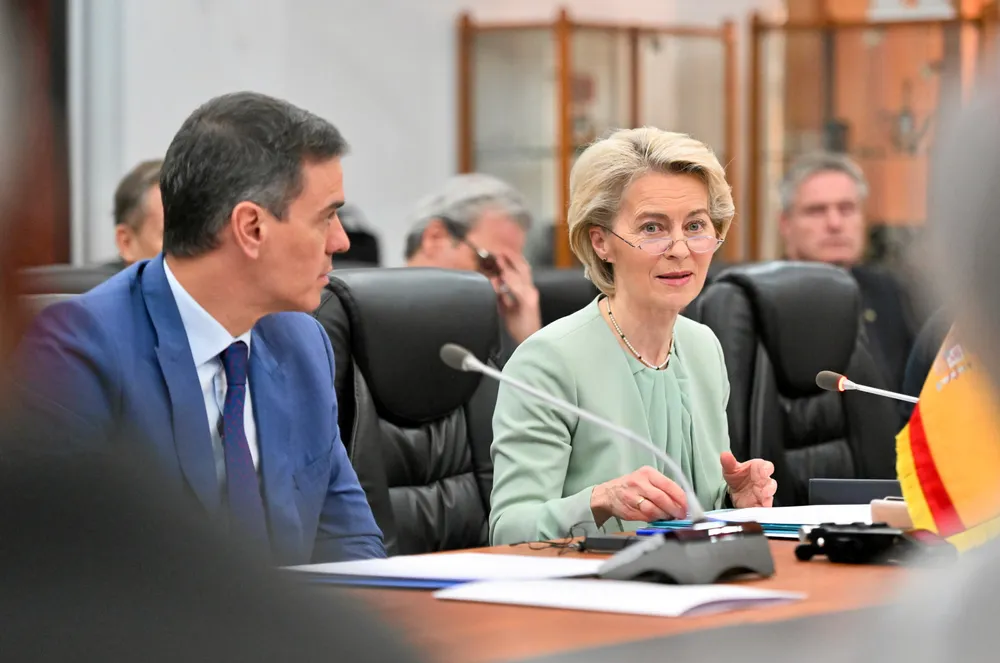'Make green iron and steel from hydrogen and export them to Europe', EU president tells Mauritania
Ursula von der Leyen was in the North African state yesterday for talks on renewable H2

Ursula von der Leyen was in the North African state yesterday for talks on renewable H2
